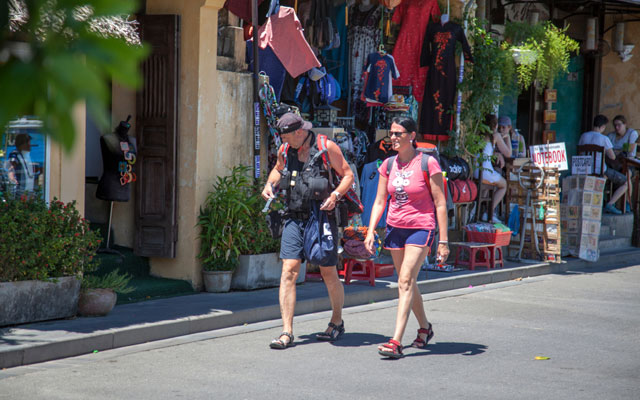New source markets in eastern and central Europe are glowing for South-east Asia, just as destinations in the region face falling numbers from traditional European markets like Germany and the UK, reported travel agents at ATF 2020.
VietUnique Travel and Myanmar-based Nature Dream Travels & Tours told TTG Asia that numbers from Russia and Greece are strong, with these groups preferring to visit three or four countries in a single trip.

Filiz Koçer, owner of Turkish agency Karmitur, explained that the region holds many new and different sights for Turkish travellers that cannot be found elsewhere. “Flights to Asia take a long time, so when my clients come, they will chain destinations like Vietnam, Cambodia, Laos and Singapore,” she shared.
Amsterdam-based Asfalea Travel has also been sending Dutch travellers to “every part of South-east Asia”, said its director SH Oei.
He added: “We have special ties with Indonesia, where we’ve been sending many travellers from the Netherlands. We get all kinds of travellers, from young customers to retirees with pension, and they could go for something more relaxing like Lake Toba, or more adventurous like the jungles of Bukit Bintang. The Komodo dragons are very popular now, but with the (closure concerns regarding) Komodo Island, we’re selling more tours to the Lingga Islands and Flores.”
Also undeterred by the long journey are the Spaniards, who “love Asia” for its welcoming locals and unique food, said Jaime Monfort, operations manager of Spain-based Bidtravel. Top destinations like Thailand, Vietnam and Cambodia “already sell themselves”, he said, adding that other South-east Asian destinations such as Malaysia, Indonesia and Brunei need to step up their promotional push.
Another area of concern in travelling to Asia is the tourist infrastructure and accessibility, commented the agents. Many “new” destinations spotlighted by NTOs still require significant developments and enhancements in order to become viable for tourism, observed Oei.
Moreover, with more European markets coming into Asia, the need for interpreters and language-proficient guides becomes increasingly paramount, noted Monfort.
“It would be good for these destinations to look at their logistics, especially to consider Spanish-speaking guides. It’s easy to find guides who can speak English, French, or even Russian, but it is almost impossible to find one who can guide in Spanish,” he said.




















